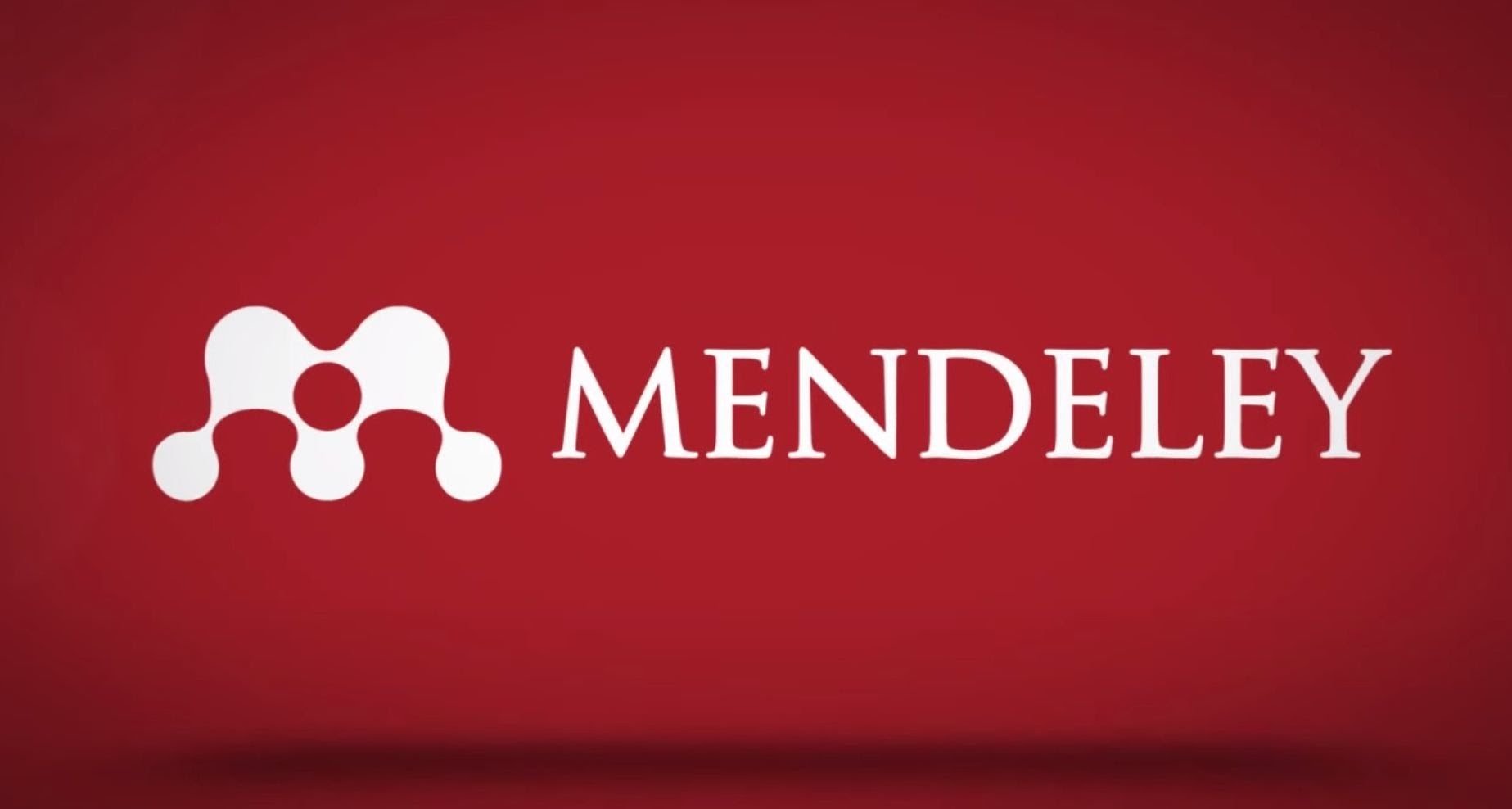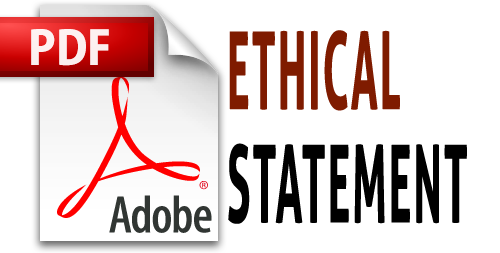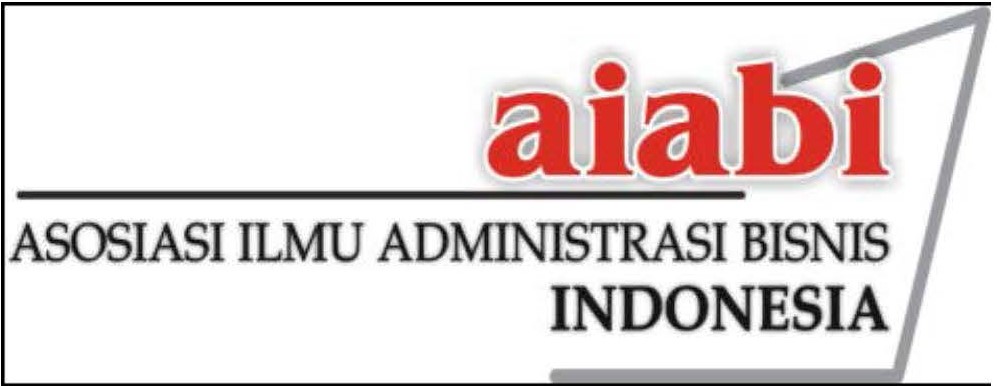BAURAN PEMASARAN PADA BATIK GENDHEIS KOTA BANJAR
Abstrak
The company will use a marketing strategy so that the production of goods increases and the company develops rapidly. Marketing strategy is the most important thing to make the company known to the wider community. The Gendheis batik company in the city of Banjar was originally a small company, and the marketing techniques used by entrepreneurs by introducing batik cloth products to government agencies and private agencies in the City of Banjar. Today, Gendheis batik has developed. Based on this, the authors are interested and want to examine the marketing mix that is in the Gendheis batik in Banjar City. The purpose of this study is to find out how the marketing mix of the Gendheis batik in Banjar City. The research method used is descriptive research method with a qualitative approach. The results showed, Product Gendheis batik cloth has a characteristic tanum flower motif, various kinds of batik cloth products patterns and colors in accordance with consumer desires. The price of Gendheis batik cloth is affordable by all groups according to the type of fabric used, Place or distribution is easily accessible to consumers, promotion uses promotion strategies to the public directly and indirectly. In conclusion, the Gendheis batik company is developing rapidly by using marketing strategies with marketing mix techniques, namely batik production that is unique and attractive, competitive product prices, promotions that still use direct techniques to consumers has not been fully adapted to the changing times, where distribution is affordable but not yet precise and not yet strategic.
Perusahaan akan menggunakan strategi pemasaran supaya produksi barangnya meningkat dan perusahaan berkembang pesat. Stategi pemasaran merupakan hal paling utama untuk menjadikan perusahaan tersebut dikenal oleh masyarakat luas. Perusahaan batik Gendheis Kota Banjar pada awalnya perusahaan kecil, dan teknik pemasaran yang digunakan pengusaha dengan memperkenalkan produk kain batik kepada instansi pemerintahan maupun instansi swasta yang ada di Kota Banjar. Saat ini batik Gendheis sudah berkembang. Berdasarkan hal tersebut maka penulis tertarik dan ingin meneliti mengenai bauran pemasaran yang ada di batik Gendheis Kota Banjar. Tujuan penelitian ini untuk mengetahui bagaimanakah bauran pemasaran pada batik Gendheis Kota Banjar. Metode penelitian yang digunakan yaitu metode penelitian deskriptif dengan pendekatan kualitatif. Hasil penelitian menunjukkan, Product kain batik Gendheis mempunyai ciri khas motif bunga tanum, produk kain batik berbagai macam corak dan warna sesuai dengan keinginan konsumen. Price kain batik Gendheis terjangkau oleh semua kalangan sesuai dengan jenis kain yang digunakan, Place atau pendistibusian mudah dijangkau oleh konsumen, promotion menggunakan strategi promosi kepada masyarakat secara langsung dan tidak langsung. Kesimpulannya, Perusahaan batik Gendheis berkembang pesat dengan menggunakan stategi pemasaran dengan teknik bauran pemasaran yaitu produksi batik yang unik dan menarik, harga produk yang bersaing, promosi masih menggunakan teknik langsung kepada konsumen belum sepenuhnya disesuaikan dengan perkembangan jaman, tempat pendistribusian yang terjangkau namun belum tepat dan belum strategis.
Kata Kunci
Teks Lengkap:
PDFReferensi
Alma, Buchari. (2018). Manajemen Pemasaran & Pemasaran Jasa. Bandung: Alfabeta.
Anderson, L. M., & Taylor, R. L. (1995). McCarthy’s 4Ps: Timeworn or Time-Tested? Journal of Marketing Theory and Practice, 3(3), 1–9.
Armstrong, G., & Kotler, P. (2015). Marketing: An introduction. Upper Saddle River, NJ: Pearson.
American Marketing Association, 2016. Dictionary.https://www.ama.org/resources /pages/dictionary.aspx?dLetter=P#product+positioning
Bagozzi, R. P. (1975). Marketing as Exchange. Journal of Marketing, 39(4), 32–39.
Bettels, J., & Wiedmann, K. P. (2019). Brand logo symmetry and product design: The spillover effects on consumer inferences. Journal of Business Research, 97, 1–9.
Calzolari, G., & Denicolò, V. (2020). Loyalty discounts and price-cost tests. International Journal of Industrial Organization.
Chan, A., Purbasari, R., & Tresna, P. W. (2017). Sharia Marketing Analysis In Noor Hotel Bandung. Parahyangan International 3rd Accounting & Business Conference, 560–576.
Dixon, D. F. (1989). An Alternative Paradigm for Marketing Theory. European Journal OfMarketing, 23(1989), 59–69.
Drucker, P. F. (1978). La gerencia de empresas The practice of management (No. 658.4 D794E). Editorial Sudamericana.
Efnita, T. (2017). Pengaruh Variasi Produk, Kualitas Pelayanan, Harga dan Lokasi Terhadap Kepuasan Konsumen pada Wedding Organizer. Adbispreneur Vol 2, No.2 , 111.
Feng, J., & Papatla, P. (2011). Advertising: Stimulant or Suppressant of Online Word of Mouth? Journal of Interactive Marketing, 25(2), 75–84.
Festa, G., Cuomo, M. T., Metallo, G., & Festa, A. (2016). The (r)evolution of wine marketing mix: From the 4Ps to the 4Es. Journal of Business Research, 69(5), 1550–1555.
Goi, C. L. (2009). A Review of Marketing Mix: 4Ps or More? International Journal of Marketing Studies, 1(1), 2–15.
Gronroos, C. (1994). From Marketing Mix to Relationship Marketing: Towards a Paradigm Shift in Marketing. Asia-Australia Marketing Journal, 2(1), 9–29.
Guadagni, P. M., & Little, J. D. C. (1983). A Logit Model of Brand Choice Calibrated on Scanner Data. Marketing Science, 2(3), 203–238.
Hermawan, H. (2015). Analisis Pengaruh Bauran Pemasaran terhadap Keputusan, Kepuasan dan Loyalitas Konsumen Dalam Pembelian Roti Ceria di Jember. Jurnal Manajemen dan Bisnis Indonesia , 1, 152. Dipetik Nopember 2019
Howard, J., & Sheth, H. (1970). The Theory of Buyer Behavior. Journal of the American Statistical Association, 65(331), 1406–1407.
Hyman, M. R. (2004). Revising the structural framework for marketing management. Journal of Business Research, 57(9), 923–932.
Jaakkola, M., Möller, K., Parvinen, P., Evanschitzky, H., & Mühlbacher, H. (2010). Strategic marketing and business performance: A study in three European “engineering countries.” Industrial Marketing Management, 39(8), 1300–1310.
Kellerman, B. J., Gordon, P. J., & Hekmat, F. (1995). Product and pricing courses are underrepresented in undergraduate marketing curricula. Journal of Product & Brand Management, 4(1), 18–25.
Ko, E., Hwang, Y. K., & Kim, E. Y. (2013). Green marketing’ functions in building corporate image in the retail setting. Journal of Business Research, 66(10), 1709–1715.
Kohli, A. K., & Haenlein, M. (2020). Factors affecting the study of important marketing issues: Implications and recommendations. International Journal of Research in Marketing, (xxxx), 1–11.
Ma, P., Gong, Y., & Mirchandani, P. (2020). Trade-in for remanufactured products: Pricing with double reference effects. International Journal of Production Economics, 230, 1–51.
Lestari, S. P. (2015). Hubungan Komunikasi Pemasaran dan Promosi dengan Keputusan Memilih Jasa Layanan Kesehatan (Studi Pada Rumah Sakit Islam Lumajang). Interaksi, 141.
Magrath, a J. (1986). When Marketing Services, 4 Ps Are Not Enough. Business Horizon, (June), 44–50.
Parasuraman, A., Zeithaml, V. A., & Berry, L. L. (1985). A Conceptual Model of Service Quality and Its Implications for Future Research. Journal of Marketing, 49(4), 41–50.
Pertiwi, M. I. (2016). Pengaruh Bauran Pemasaran Terhadap Keputusan Pembelian (Survei pada Konsumen Baker’s King Donuts & Coffee di MX Mall Malang). Jurnal Administrasi Bisnis, 181.
Pomering, A. (2017). Marketing for sustainability: Extending the conceptualisation of the marketing mix to drive value for individuals and society at large. Australasian Marketing Journal, 25(2), 157–165.
Popovic, D. (2005). Modelling the marketing of high-tech start-ups. Journal of Targeting, Measurement and Analysis for Marketing, 14(3), 260–276.
Rizqillah, M. H., Herawaty, T., & Tresna, P. W. (2018). The Effect of Brand Trust and Switching Cost Toward Telkomsel Flash Customer Loyalty : A Study on simPATI Users in GraPARI Rawamangun. Review of Integrative Business and Economics Research, 7(3), 210–221.
Rosenbaum, M. S., Kelleher, C., Friman, M., Kristensson, P., & Scherer, A. (2017). Re-placing place in marketing: A resource-exchange place perspective. Journal of Business Research, 79, 281–289.
Rust, R. T., Lemon, K. N., & Zeithaml, V. A. (2004). Return on Marketing: Using Customer Equity to Focus Marketing Strategy. Journal of Marketing, 68(1), 109–127.
Samosir, C. B., & Prayoga K, A. B. (2015). Jurnal Pengaruh Persepsi Harga dan Promosi Terhadap Keputusan Pembelian Konsumen Produk Enervon-C. Manajemen dan Bisnis, 2.
Shengnan, Y., & Nedelea, A.-M. (2019). Analyse London Tourism by Marketing Mix 4Ps. Ecoforum, 8(1).
Sherry, J. F., Jr. (2000). Place, technology, and representation. Journal of Consumer Research, 27(2), 273–278
Srivastava, R. K., Shervani, T. A., & Fahey, L. (1998). Market-based assets and shareholder value: A framework for analysis. Journal of Marketing, 62(1), 2–18.
Suryani, W. (2016). Analisis Pengaruh Promosi Terhadap Peningkatan Penjualan Sparepart Pada PT. Aksara Motor Medan. Integritas, 4.
Syamsu, A. K., Suyadi, I., & Hidayat, K. (2014). Peranan Bauran Promosi Terhadap Peningkatan Volume Penjualan (studi kasus pada dealer sepeda motor honda PT. Nusantara Surya Sakti Bululawang). Administrasi Bisnis, 2.
Tresna, P. W., & Raharja, S. J. (2018). Analysis of the Sustainable Competitive Advantages of the Creative Industry in Bandung City. Review of Integrative Business and …, 7(2), 225–231.
Tsafarakis, S., Zervoudakis, K., Andronikidis, A., & Altsitsiadis, E. (2020). Fuzzy self-tuning differential evolution for optimal product line design. European Journal of Operational Research, 4(3), 1–9.
Tuli, K. R., Kohli, A. K., & Bharadwaj, S. G. (2007). Rethinking customer solutions: From product bundles to relational processes. Journal of Marketing, 71(3), 1–17.
Wangarry, C. L. (2018). Pengaruh Bauran Pemasaran Terhadap Keputusan Pembelian Sepeda Motor Honda di PT. Hasrat abadi Ranotana. Jurnal EMBA, 2058.
Winardi. (1981). Manajemen Pemasaran. Bandung: CV Sinar Baru.
Yudelson, J. (1999). Adapting McCarthy’s four p’s for the Twenty-First Century. Journal of Marketing Education, 21(1), 60–67.
DOI: https://doi.org/10.24198/adbispreneur.v5i2.26538
Refbacks
- Saat ini tidak ada refbacks.









